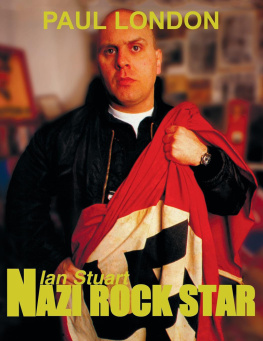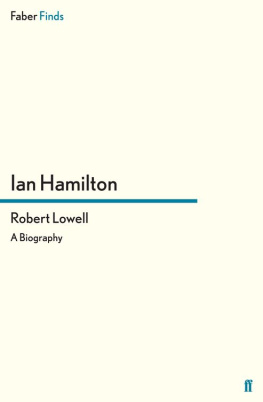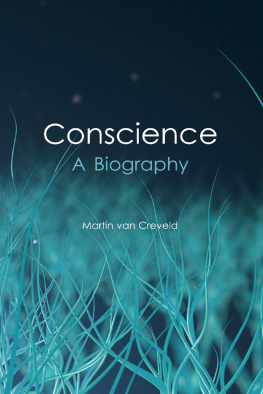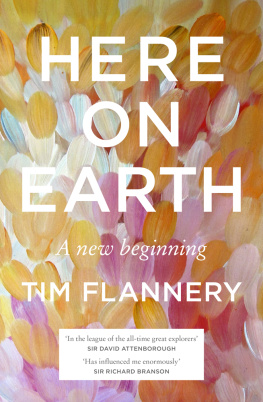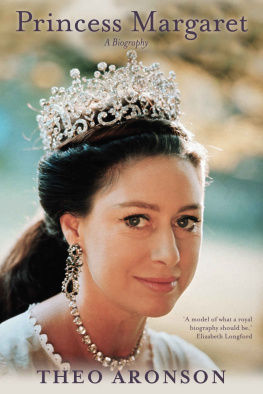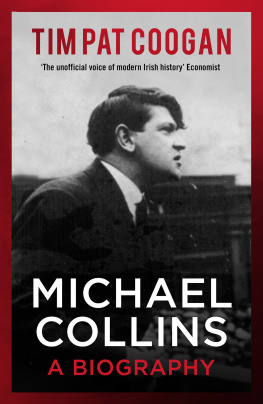Corton - London Fog: The Biography
Here you can read online Corton - London Fog: The Biography full text of the book (entire story) in english for free. Download pdf and epub, get meaning, cover and reviews about this ebook. City: England;London, year: 2016, publisher: Harvard University Press, genre: Detective and thriller. Description of the work, (preface) as well as reviews are available. Best literature library LitArk.com created for fans of good reading and offers a wide selection of genres:
Romance novel
Science fiction
Adventure
Detective
Science
History
Home and family
Prose
Art
Politics
Computer
Non-fiction
Religion
Business
Children
Humor
Choose a favorite category and find really read worthwhile books. Enjoy immersion in the world of imagination, feel the emotions of the characters or learn something new for yourself, make an fascinating discovery.

- Book:London Fog: The Biography
- Author:
- Publisher:Harvard University Press
- Genre:
- Year:2016
- City:England;London
- Rating:3 / 5
- Favourites:Add to favourites
- Your mark:
- 60
- 1
- 2
- 3
- 4
- 5
London Fog: The Biography: summary, description and annotation
We offer to read an annotation, description, summary or preface (depends on what the author of the book "London Fog: The Biography" wrote himself). If you haven't found the necessary information about the book — write in the comments, we will try to find it.
London Fog: The Biography — read online for free the complete book (whole text) full work
Below is the text of the book, divided by pages. System saving the place of the last page read, allows you to conveniently read the book "London Fog: The Biography" online for free, without having to search again every time where you left off. Put a bookmark, and you can go to the page where you finished reading at any time.
Font size:
Interval:
Bookmark:
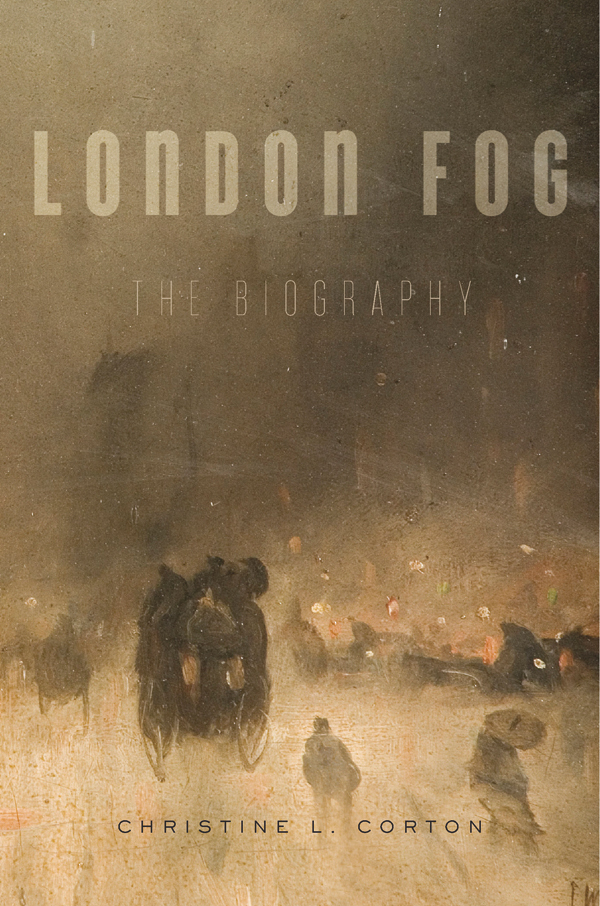
LONDON FOG
The Biography
CHRISTINE L. CORTON
The Belknap Press of Harvard University Press
Cambridge, Massachusetts London, England
2015
Copyright 2015 by the President and Fellows of Harvard College
All rights reserved
Jacket illustration: A Foggy Night in London (oil on canvas; Whistler, James Abbott McNeill. Shipley Art Gallery, Gateshead, Tyne & Wear, UK Tyne & Wear Archives & Museums/Bridgeman Images
Jacket design: Lisa Roberts
978-0-674-08835-1 (hardcover : alk. paper)
978-0-674-49571-5 (EPUB)
978-0-674-49570-8 (MOBI)
The Library of Congress has cataloged the printed edition as follows:
Corton, Christine L., 1958
London fog : the biography / Christine L. Corton.
pages cm
Includes bibliographical references and index.
1. FogEnglandLondon. 2. London (England)Climate. 3. London (England)History. 4. London (England)Description and travel. 5. Cultural propertyEnglandLondon. I. Title.
QC929.F7C57 2015
551.57'509421dc23
2015011953
Book design by Dean Bornstein
To Richard, Matthew, Nicholas, and Tuppence
London has always been susceptible to mist and murk. True London fog, thick, yellow, and all-encompassing, was born in the 1840s, when the citys rapid expansion multiplied the number of domestic coal fires and mingled their smoke as it poured out into the atmosphere with the noxious emissions of factory chimneys and workshops in the early stages of the industrial revolution in the capital. It reached maturity in the 1880s, when its repeated visitations during the winter months caused widespread social anxiety and nervous concern about crime and disorder and inspired many writers to treat it as a looming presence, alive and malignant. And it began a long decline already before the First World War, diminishing in frequency and density until legislators could no longer tolerate the dangers it posed to health and began to take decisive measures to control it. In 1962 it finally died, killed off by the Clean Air Act passed by Parliament a few years before.
In most parts of the world fog has always been a natural phenomenon, clouding the air with tiny water particles when the climatic conditions are right. The same has been true for centuries of Britains capital city. London has never enjoyed a particularly clear atmosphere. The Thames basin, hemmed in by low hills, has always been prone to lingering dampness and mist, and as the city grew slowly during medieval and Tudor times, complaints were voiced with increasing frequency about the pollution of the air by the smoke coming from wood fires, notably those used for the extraction of lime, and by the burning of sea-coal brought to London by boat from Newcastle and used for domestic and commercial fires alike. Sea-coal was originally a term for coal that could be found washed up on the beach from seams open beneath the sea. This could be collected easily from the seashore, but later the term seems to have been used for any coal brought to London by sea. Peter Brimblecombe notes that there was a street in London called Sacoles Lane as early as 1228, The problem grew more serious and led to attempts to legislate against the smoky atmosphere in the reign of her successor, James I. An Act to forbid the use of sea-coal in London breweries was passed by the House of Lords in 1623; but it was unenforceable, so in practice nothing happened.
The complaints continued. In 1676 the scientist Robert Hooke, approaching the city on horseback, estimated the cloud of smoke over London to be half a mile high and twenty miles long, while, earlier, in 1652, the Dutchman Lodewijk Huygens, looking over the capital from a similar vantage point (possibly Hampstead Heath or Highgate Hill), found the medieval cathedral of St. Pauls too much obscured by smoke to see clearly. It was recognized instinctively that an atmosphere of this kind could not be good for the health of the citys inhabitants. John Graunt, who analysed Londons Bills of Mortality in 1676, thought that the smoak of London was dangerous for the suffocations which it causes, while the merchant Thomas Tryon, whose book The Way to Health turned Benjamin Franklin into a vegetarian, wrote in 1700 that the unwholesome airs of London created stinking, gross sulphurous Smoaks that were Pernicious to Mankind.
The most famous denunciation of Londons smoky atmosphere in the seventeenth century and indeed for a long time afterwards, however, was penned by the diarist John Evelyn (16201706). Entitled Fumifugium; or, The Inconvenience of the Aer and Smoake of London Dissipated, it was published in 1661. Already ten years earlier, in 1651, Evelyn had complained that London was obscured by such a cloud of sea-coal, as if there be a resemblance of hell upon earth, it is in this volcano in a foggy day: This pestilent smoak.
Evelyn proposed to alleviate the evil of smoke by relocating smoke-producing industries outside London and providing a circle around London of sweet-smelling plants and hedges so that their delicious scents could waft into the city and dispel the fumes. According to Evelyns own diary he presented his tract to King Charles II: [the King] was pleased I should publish it by his special Command; being much pleasd with it. While some people, like Evelyn, were aware of the problem, nobody was seriously prepared to do anything about it.
Evelyn did not accept that the geographical situation of London was particularly unhealthy. It was, he claimed, built upon a sweet and most agreeable Eminency of Ground. He exonerated the Fumes which exhale from the Waters and lower Grounds lying Southwards, by which means they are perpetually attracted, carried off or dissipated by the Sun, as soon as they are born, and ascend.
Fumifugium was reprinted in 1772, when the editor, Samuel Pegge the elder (17041796), reported on how conditions had worsened in his own time. He noted the increase of glass-houses, foundries, and sugar-bakers, to add to the black catalogue and singled out specific sources of pollution such as the fire-engines of the water-works at London Bridge and York Buildings. Grosley, it seems, was an early French admirer of British energy and pluck.
The German scientist Georg Christoph Lichtenberg, visiting the city in the 1770s, was so oppressed by a foggy day that he found himself writing by the light of a candle (at half-past ten in the morning). The Prussian pastor Karl Philipp Moritz, writing in 1782, reported that everything in the streets seemed dark even to blackness, while the composer Joseph Haydn, living in Great Pulteney Street during his first triumphant musical visit to England, wrote on November 5, 1791: There was a fog so thick that one might have spread it on bread. In order to write I had to light a candle as early as eleven oclock.
A few years later, in 1809, Eric Gustaf Geijer (17831847), a Swedish historian and later Rector of Uppsala University, came to England as tutor
How could Londons air be improved from this desperate condition? Suggestions made by Pegge in his reissue of Evelyns Fumifugium included the charring of sea-coal, so it would yield less smoke, and the building of chimneys much higher into the air to convey the smoke away above the buildings, and in a great measure disperse it into distant parts, without its falling on the houses below.
As this suggests, even as late as the 1820s the problem was described as one of smoke rather than of fog. London, indeed, had long since been known colloquially as the smoke or the great or big smoke, especially by country people. Although the first reference to this usage is from a revised edition of a
Font size:
Interval:
Bookmark:
Similar books «London Fog: The Biography»
Look at similar books to London Fog: The Biography. We have selected literature similar in name and meaning in the hope of providing readers with more options to find new, interesting, not yet read works.
Discussion, reviews of the book London Fog: The Biography and just readers' own opinions. Leave your comments, write what you think about the work, its meaning or the main characters. Specify what exactly you liked and what you didn't like, and why you think so.


